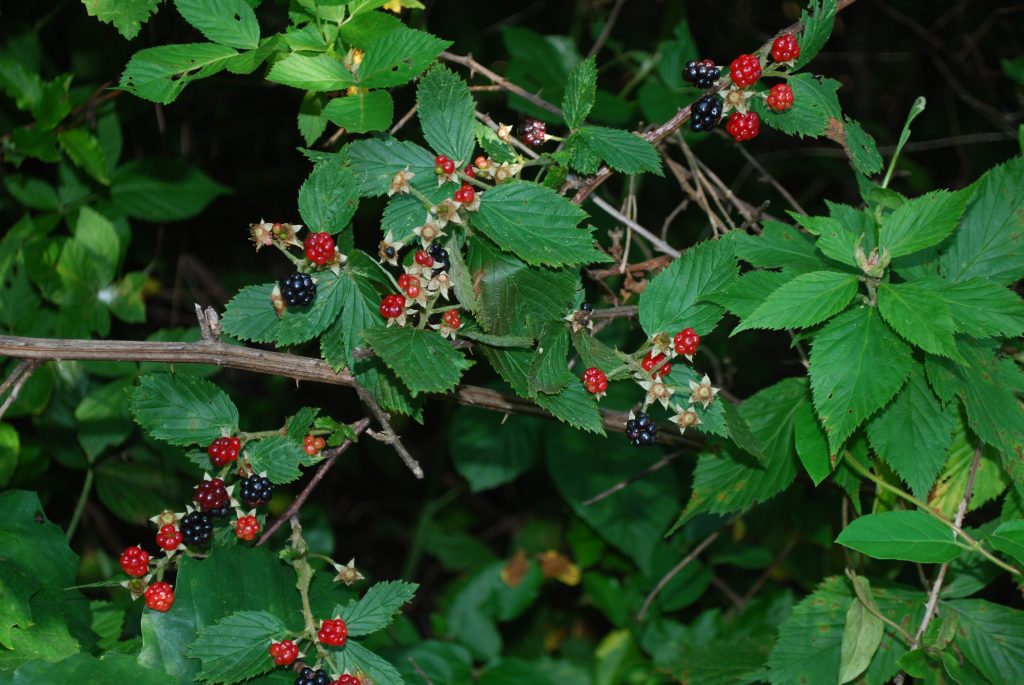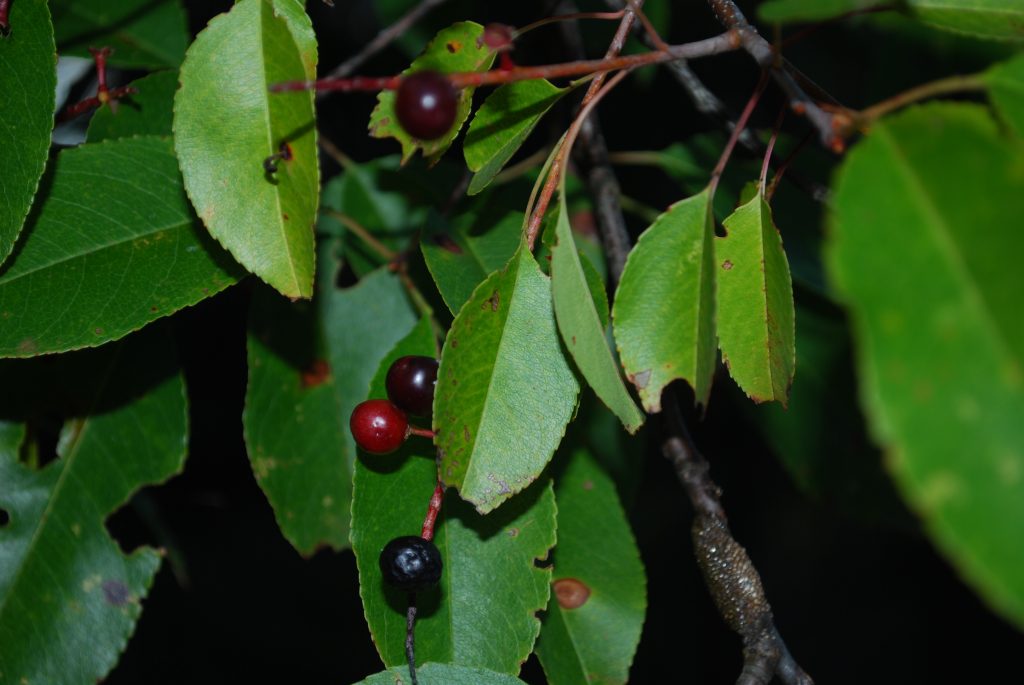Encourage Or Plant Soft Mast Producers
Whenever I kill a fall turkey, one of the first things I do when field dressing the bird is to examine its crop.
Depending on the vagaries of acorn production, there may or may not be white or red oak acorns inside this organ. But there are almost always soft mast foods such as grapes, persimmons, wild cherries or dogwood berries. That’s why when formulating a game plan on where to hunt, I put equal emphasis on both the local hard and soft mast situation.
Travis Sumner, the NWTF’s hunting heritage center and habitat manager, explains the importance of soft mast food sources to turkeys and other wildlife.
“Generally across the country, oak crops do not as consistently produce food as the soft mast food sources do,” he says. “It seems like when a local area has an unseasonable early or late frost, it is usually the hard mast producers that suffer. Weather patterns in recent years seem to really have negatively impacted acorn production in many areas.

“That’s also why I advise land managers to have a variety of food sources present. Yes, they should create food plots with chufa, corn, clover or whatever grows best locally. And, yes, they should conduct habitat improvement projects that benefit their oaks. But land managers should also have a plan that includes increasing soft mast production. Acorns are the steak in an animal’s diet, but every creature needs a good salad and that’s where soft mast comes in.”
Sumner adds that land managers can implement many of the same habitat improvement projects for soft mast producing trees and shrubs that they do for hardwoods. For example, they can enhance the growth of such trees as persimmons by thinning around them. Select the healthiest and best-formed tree just like you would for an oak, and fire up the chainsaw.
Landowners or managers can also create better growing conditions for such soft mast producers as the Rubus family (think the native blackberries, raspberries and dewberries) by bush hogging or controlled burns. And folks can check with their local wildlife biologists or extension agents to learn the best soft mast trees and shrubs to plant in their areas.
Fields, food plots and various openings are not just for clover and various cereal grains either. For example, Sumner relates that planting various soft mast trees like pears or plums in a corner of a food plot or field can add diversity to a property.

Interestingly, Sumner says that some soft mast producers are incredibly widespread across the country. For example, grapes in one variety or another are present in all of the Lower 48. Various blackberry species thrive across most of the country. The native American plum can be found from Arizona eastward to Florida and north to Canada. Either the highbush or lowbush blueberry (and in some cases both) are native to most of the Eastern states. And dogwoods (the flowering and silky), pawpaw and persimmon range across much of the East.
So by all means, continue the cultivation and management of your food plots and local oaks. But don’t forget to do the same with the soft mast producers native to your area.
